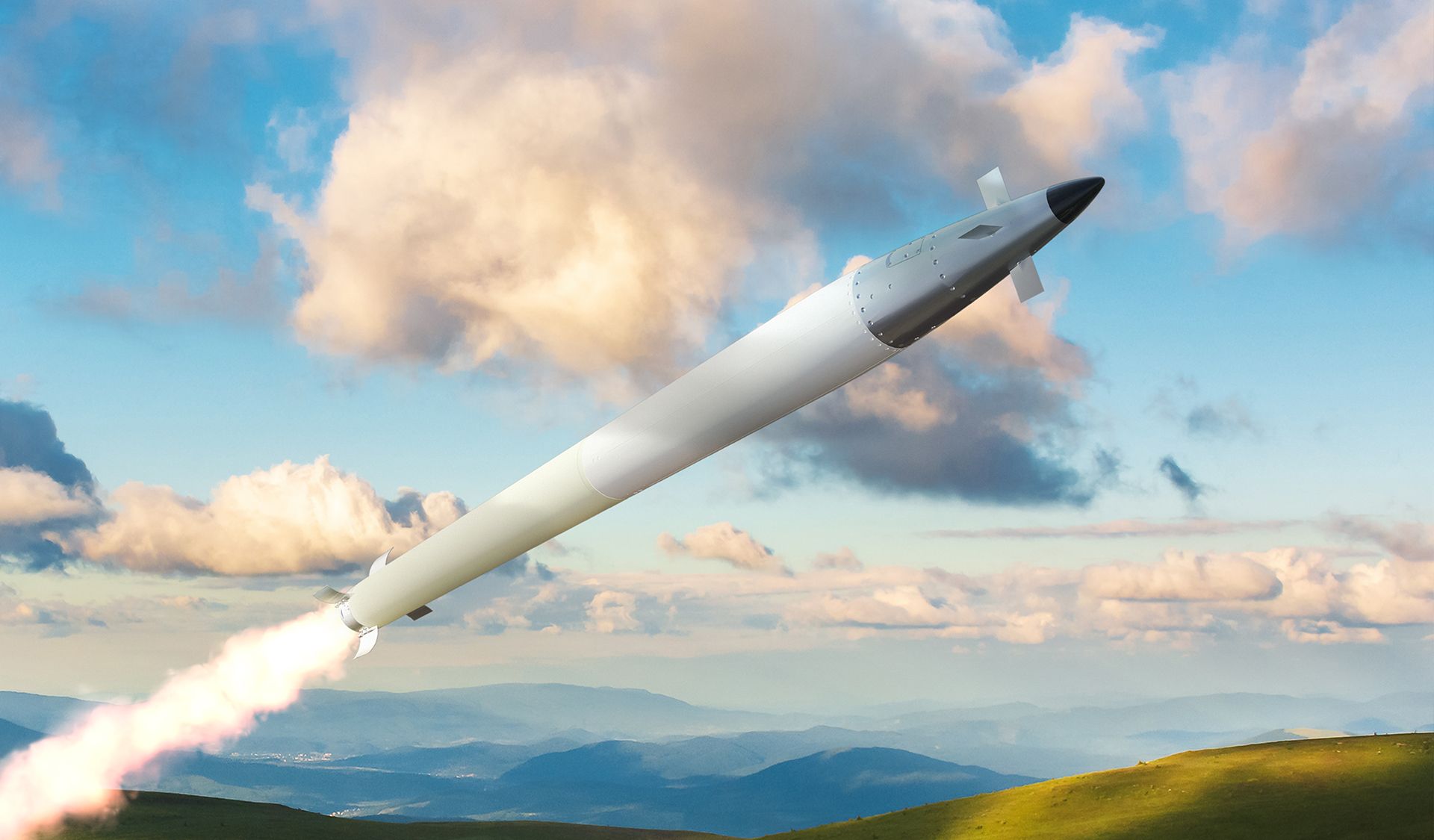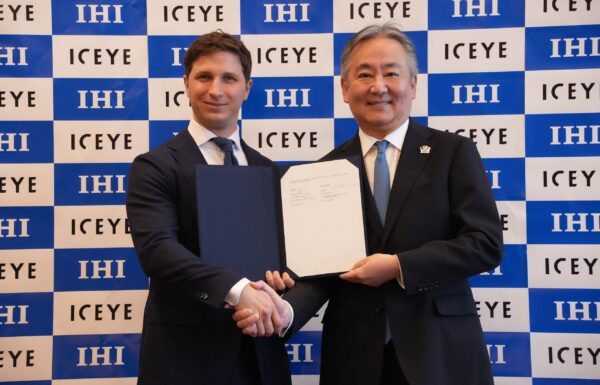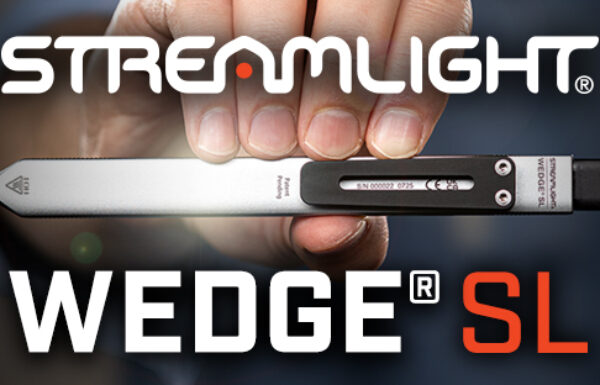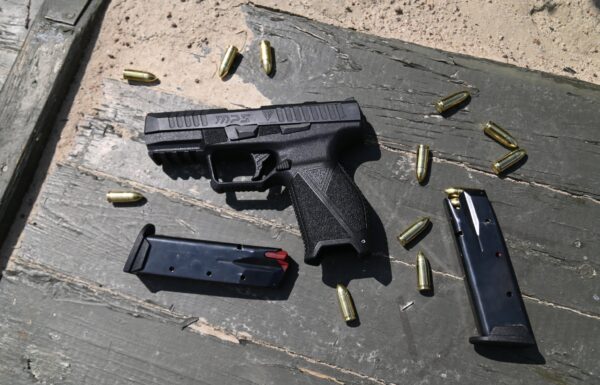On Thursday, August 14, 2025, the U.S. Army Contracting Command (ACC) at Redstone Arsenal, Alabama, on behalf of the U.S. Department of Defense, signed a contract worth 4,234,948,956 USD with Lockheed Martin for the production of 227 mm GMLRS (Guided Multiple Launch Rocket System) guided rocket ammunition for the M142 HIMARS (High Mobility Artillery Rocket System) and M270 MLRS (Multiple Launch Rocket System) launchers.
 Image: Lockheed Martin
Image: Lockheed Martin
The annex increases the total order under the framework agreement to 13,265,440,935 USD. The previous contract on this matter was signed on August 30, 2024, with a value of 3,430,119,287 USD. Work related to the latest annex is expected to be completed by October 20, 2027. Funds will be allocated as task orders are placed.
Earlier, on August 13, 2024, Lockheed Martin reached an agreement with General Dynamics on the production of solid-fuel rocket motors, with GMLRS being the first area of cooperation.
Meanwhile, since April 24 of this year, the U.S. Army has been conducting a market survey to identify the potential for increasing GMLRS production to 19,000 rounds in 2028. At present, the only producer and supplier of GMLRS ammunition is Lockheed Martin, which on July 22, 2024, celebrated the production of its 75,000th round.
It is worth noting that, according to the U.S. Department of Defense report on military aid to Ukraine dated January 10 of this year, the company has managed to increase production by 40%, from 833 to 1,167 missiles per month. The manufacturer itself had previously declared the delivery of 10,000 GMLRS rockets by the end of last year and an increase in production to 14,000 this year. GMLRS munition is produced at Lockheed Martin’s facility in Camden, Arkansas, but a new production line will be launched in 2025 in Australia under a contract signed on January 17, 2024.
GMLRS
The basic GMLRS ammunition family includes the M31 GMLRS-U (Unitary) and the M30A1 GMLRS AW (Alternative Warhead). The M142 HIMARS launcher carries one launch pod with six rockets, while the M270 MLRS carries two pods with a total of twelve missiles. The system is also compatible with the newly developed GMARS (Global Mobile Artillery Rocket System), a joint offering with Germany’s Rheinmetall AG for the Bundeswehr (which, for now, is ordering the Israeli EuroPULS as MARS 3) and for 14 other countries. GMARS also carries two pods, each with six rockets.
The M31 Unitary entered service in 2005. It is equipped with an 89 kg high-explosive fragmentation warhead produced by General Dynamics Ordnance and Tactical Systems. The rocket is guided by an inertial navigation system (INS) corrected by GPS, with a fuze offering two operating modes: impact and delay. The newer M31A1 variant also adds a proximity fuze mode.
The M30A1 AW entered service in 2015 and is equipped with an 89 kg warhead produced by ATK, using insensitive explosives and containing 160,000 preformed fragments. Its guidance system is the same as that of the M31A1. The M30A1 AW is intended for area effects in counter-battery fire, neutralization of air defense systems, command posts, and other high-value targets.
Both types of GMLRS rockets share 90% common components and have a range of 15 to 84 km. Lockheed Martin has also developed the ER GMLRS (Extended Range Guided Multiple Launch Rocket System), which features an extended strike range of up to 150 km, with series production commencing in January 2024.































